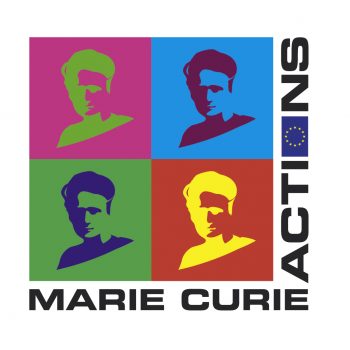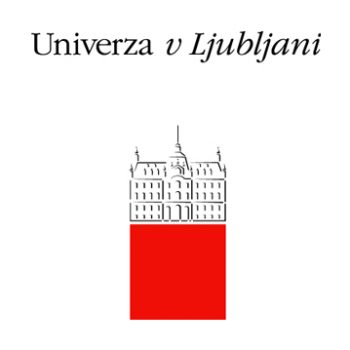The Institutional Set-Up after the Second World War
On 9 August 1945, the Julian March (Venezia Giulia) was divided between two military occupations: Zone A under Anglo-American control and Zone B under the Yugoslavian one. A few days later (12 August), the Allied Military Government (AMG) “Venezia Giulia” was established in Zone A, whose territory was organized into three zones: the Trieste zone, that of Gorizia and the enclave of Pula.
According to the provisions of the Peace Treaty of Paris, on 15 September 1947, the Free Territory of Trieste (FTT) was established. This was also divided into Zone A and Zone B. Zone A, which included only the province of Trieste, remained under Anglo-American military administration; Zone B was under the control of the Provisional Administration of the Yugoslav Army (VUJA). The Anglo-American administrative and military apparatus remained in office until 26 October 1954. The following day, and by the London Memorandum (5 October 1954), Zone A definitively passed to Italy. The Treaty of Osimo abolished the FTT in 1975.
1.1.a
Starting from the End
1.1.b
The AMG-“Venezia Giulia”: Direct Rule and Balance of Power
In Zone A, the Allies immediately established an administration characterized by direct rule, in other words, the assumption by the Anglo-American military authorities of all powers. In 1947, Trieste and Zone A represented one of the main areas of containment: the US policy aimed at countering Soviet expansion in Europe.
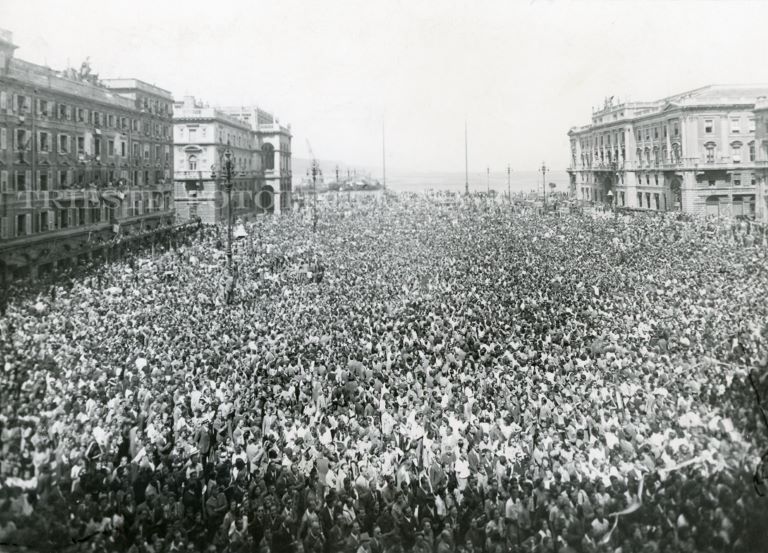
(Fototeca CMSA, Trieste – Archivio Comunale, inv. F175702)
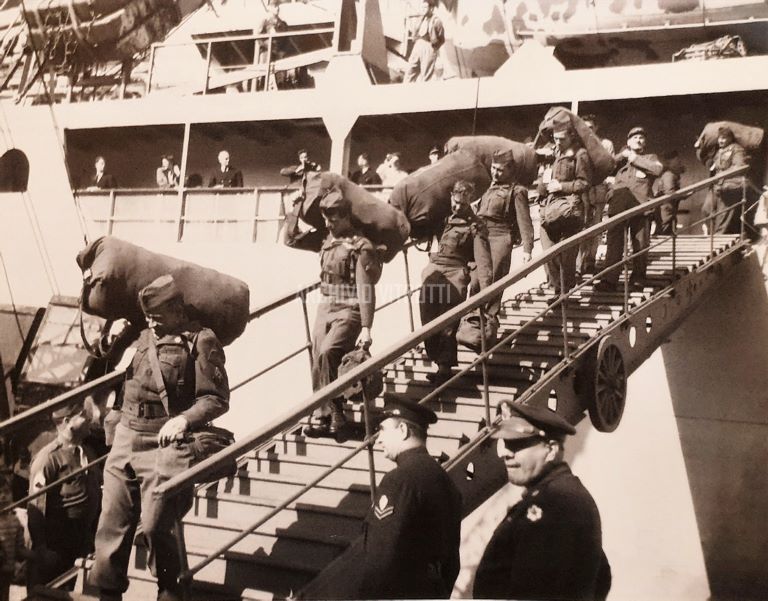
(Archivio Vitrotti)
1.1.c
Census
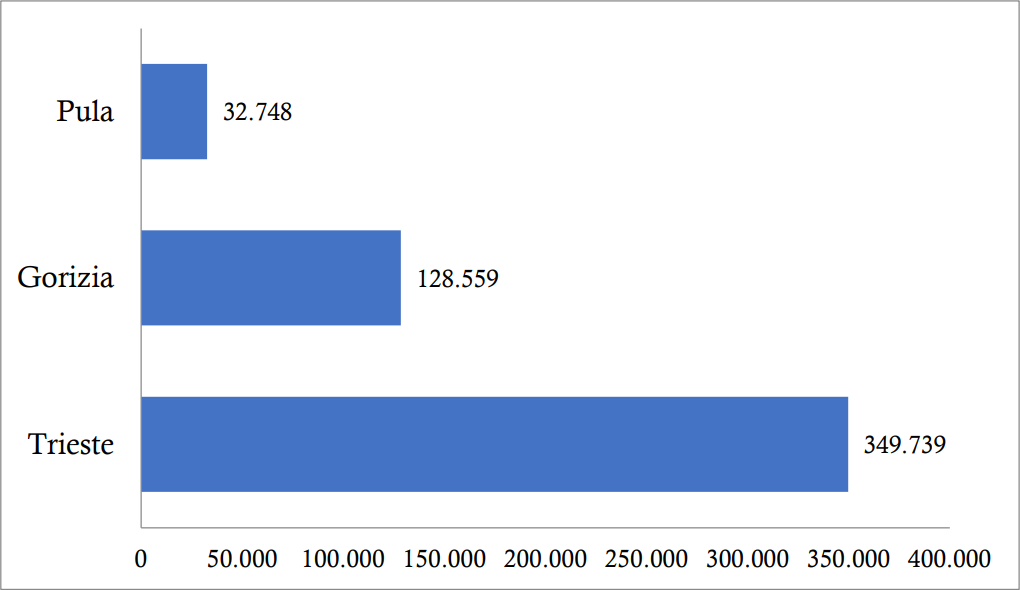
(Erica Mezzoli, Labour Data for the Zone A-AMG Venezia Giulia and the Zone A-Free Territory of Trieste, 1945-1955 – forthcoming dataset)
1.1.d
Zone A-FTT: the “Teams”
In June 1945, the Venezia Giulia territory was divided into Zone A and Zone B.
In compliance with the peace treaty, in 1947, the Allied troops were organized into the TrUST and the BETFOR. In their task of maintaining public order, they were supported by Polizia Civile (Venezia Giulia Police Force).
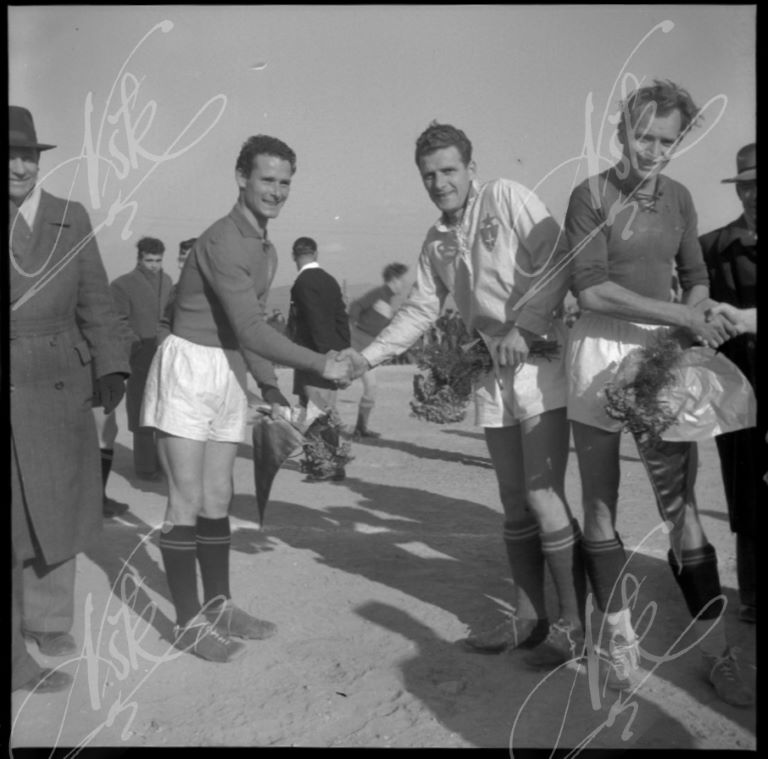
(NŠK, Magajna, 1949_811-9)

(Fototeca CMSA, Trieste – Borsatti – proprietà Fondazione CRTrieste, UB NP 334_990)
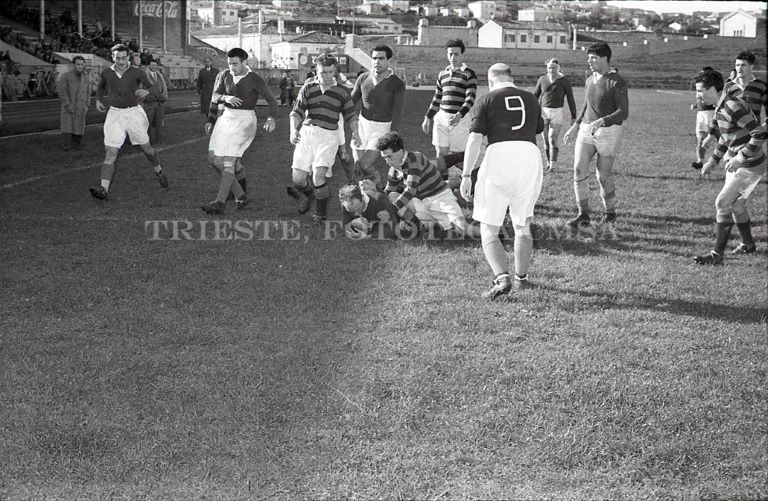
(Fototeca CMSA, Trieste – Borsatti – proprietà Fondazione CRTrieste, UB NP 335)
1.1.e
A Big Toy
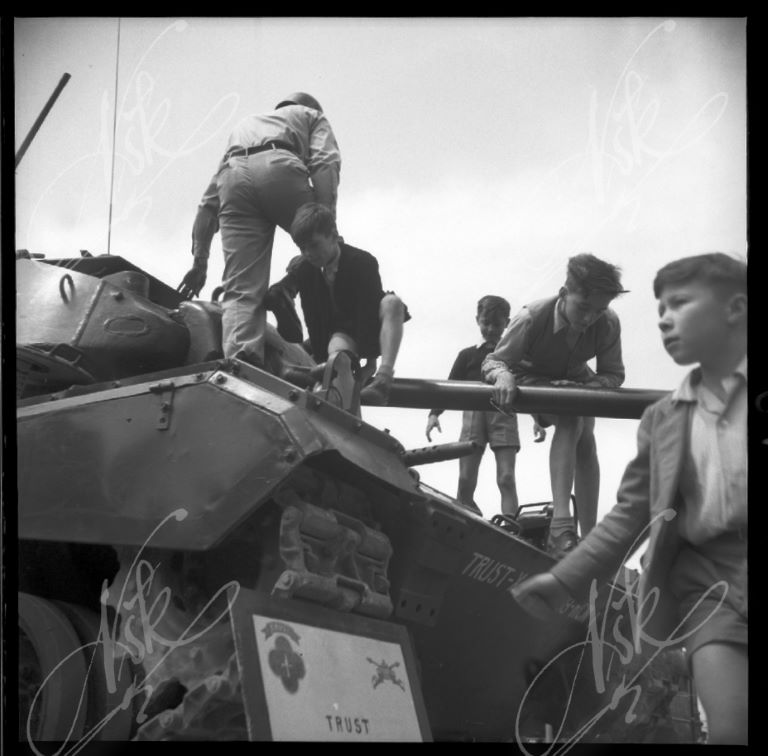
(NŠK, Magajna, 1951_1841-1)
1.1.f
Red Light Post-war
Perhaps due to the massive presence of Allied troops, prostitution was rife in the old city of Trieste in particular. This represented a danger in terms of public order and health. For this reason, the Women’s Section of Polizia Civile was created in Trieste in 1947.
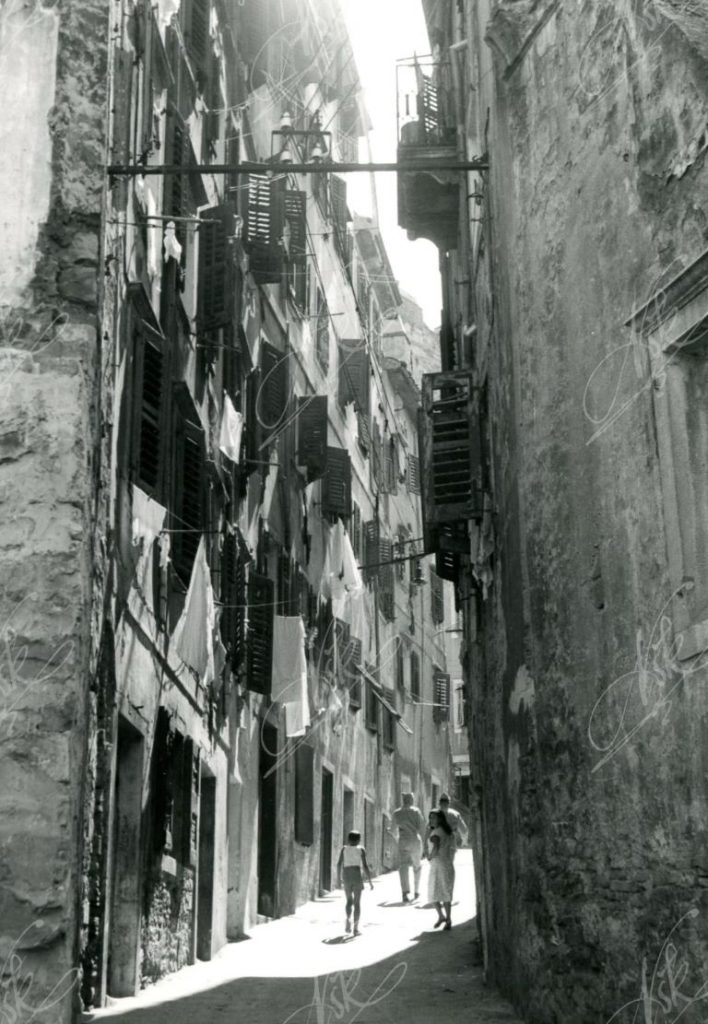
(NŠK, Magajna, Staro mesto Trst, 1953)

(NŠK, Magajna, Staro mesto Trst 1953 )
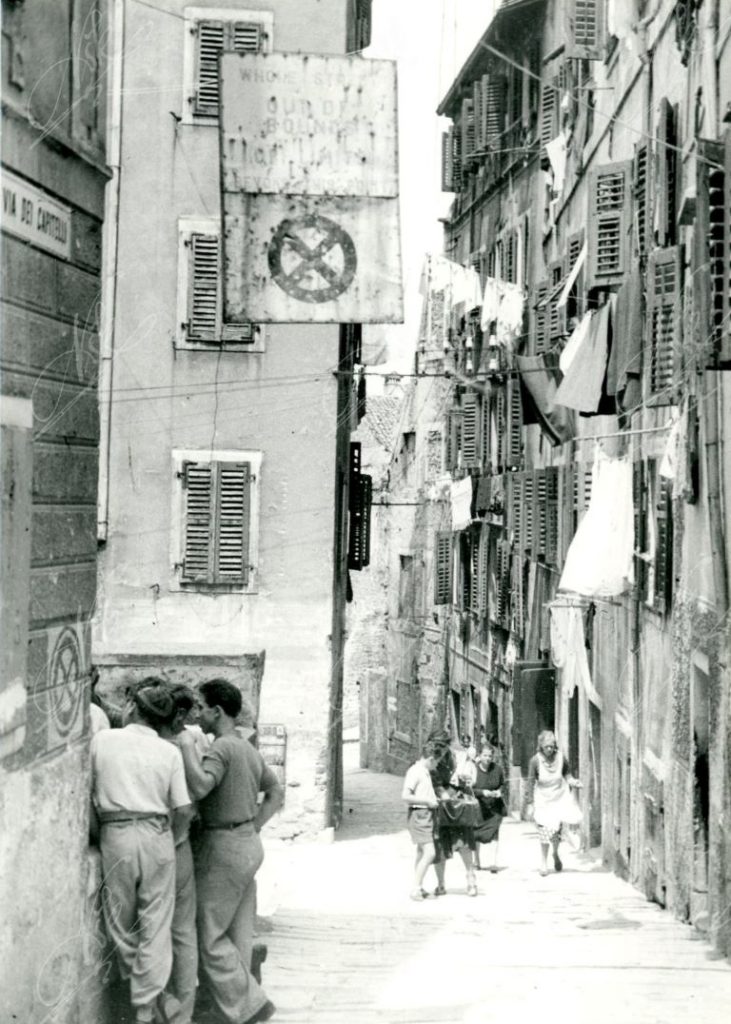
(NŠK, Magajna, Staro mesto Trst 1953)
1.1.g
Y.M.C.A.
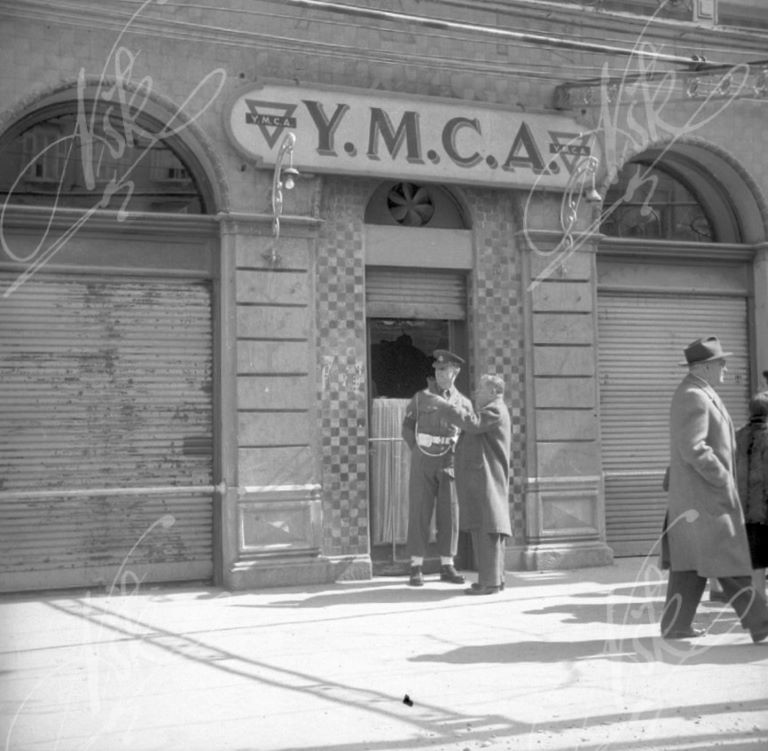
(NŠK, Magajna, 1952_2103-9)
1.1.h
Bye Bye Baby!
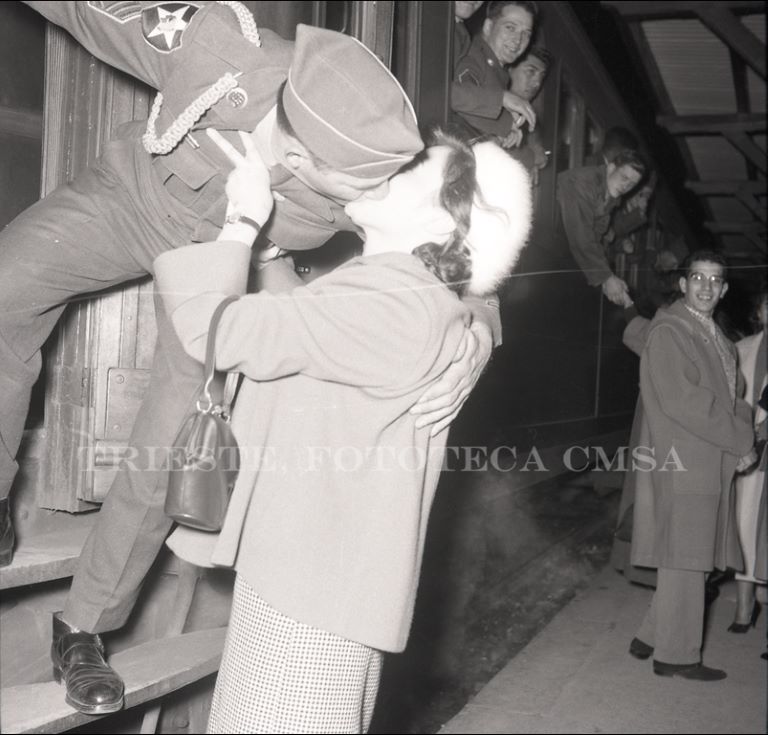
(Fototeca CMSA, Trieste – Giornalfoto, inv. F104629)


